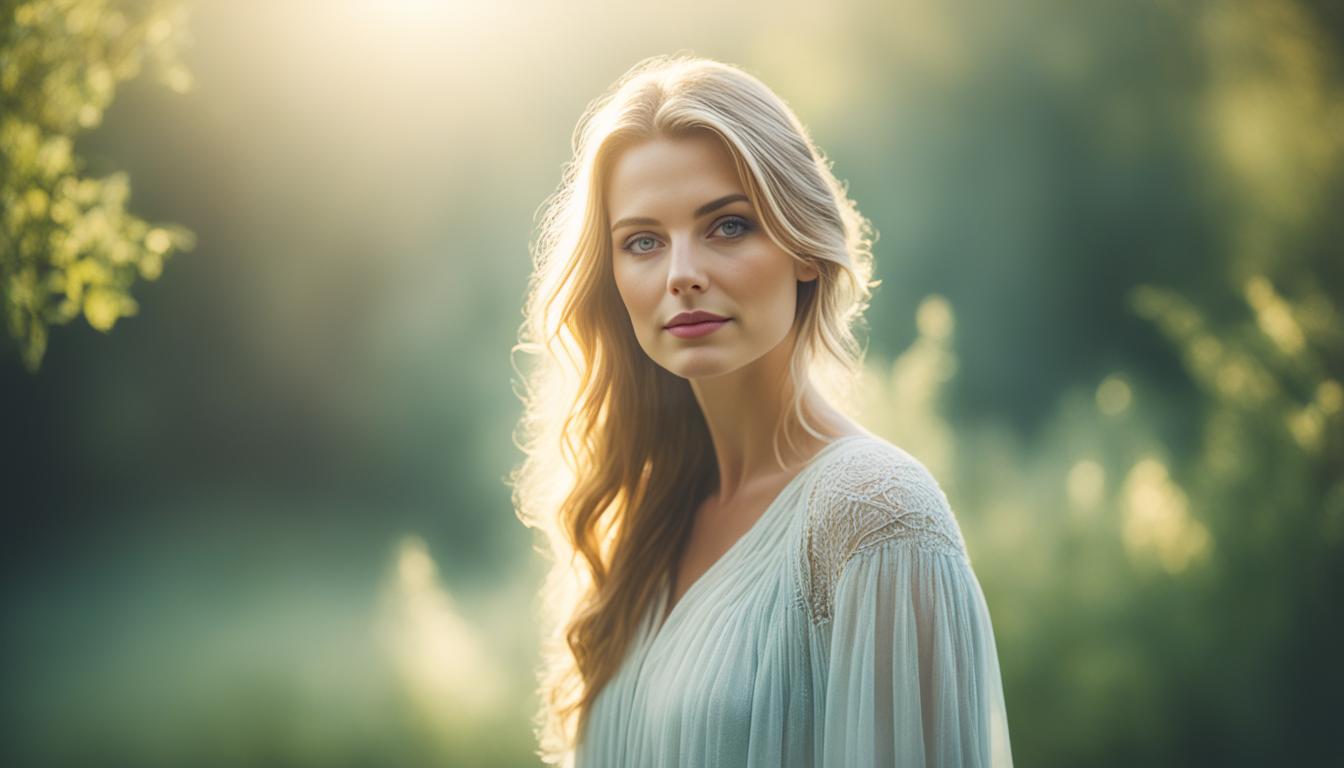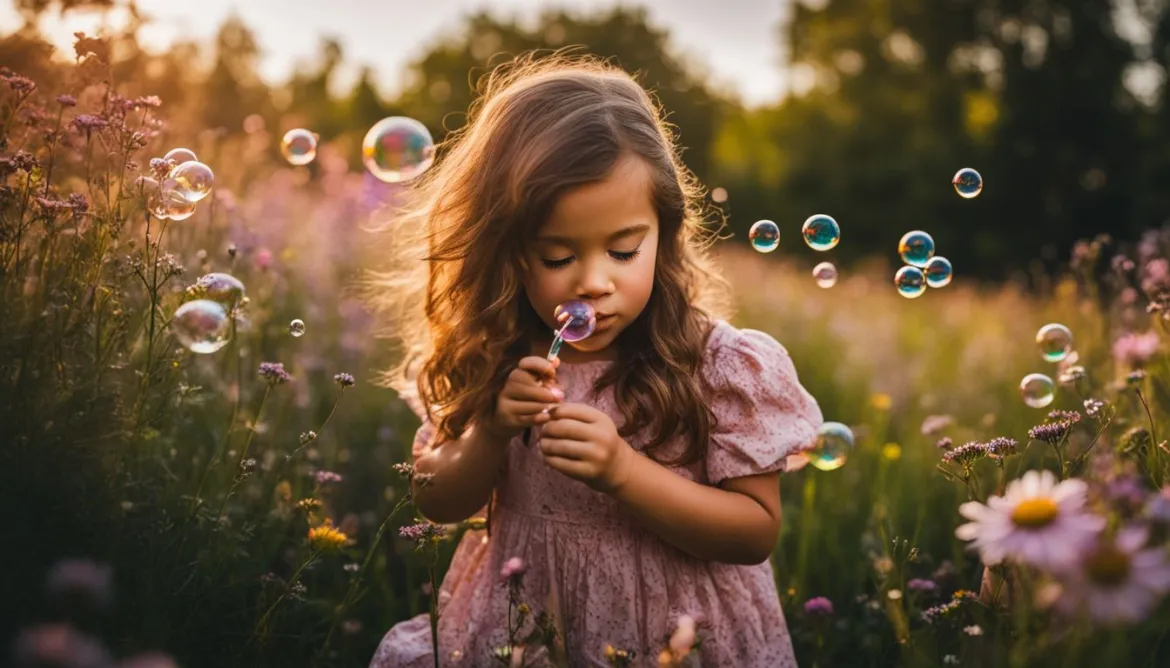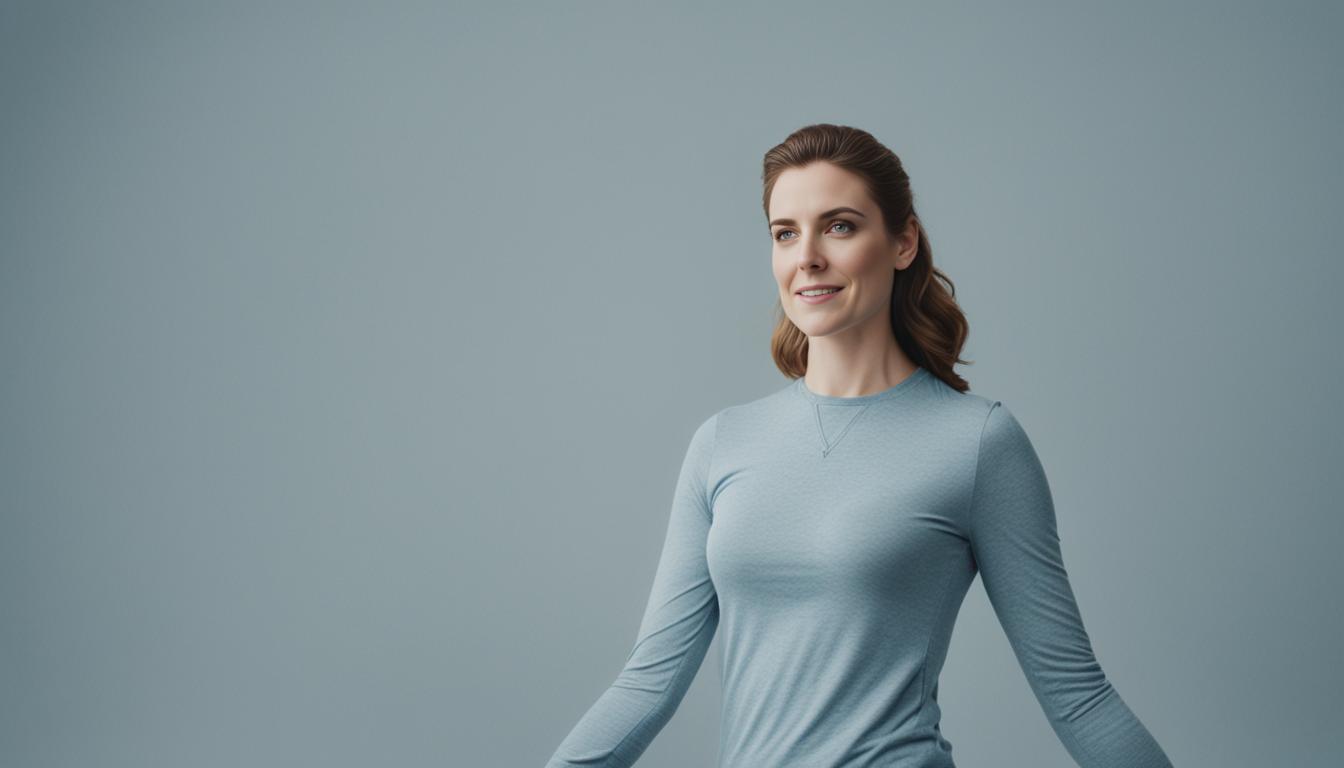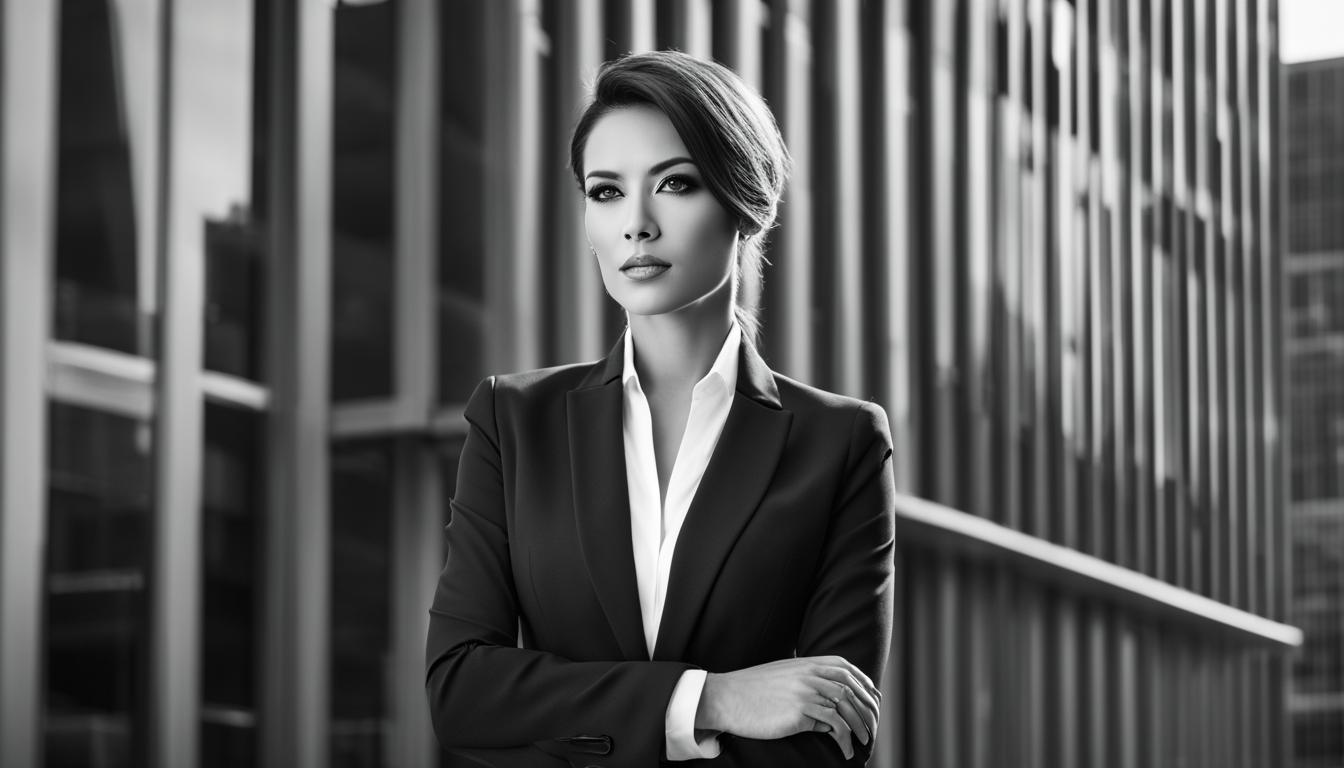When it comes to portrait photography, one of the key decisions to make is whether to use natural light or studio light. Both options have their pros and cons, and understanding the differences between them can help you choose the best lighting technique for your images.
Key Takeaways:
- Portrait photography offers the choice between natural light and studio light.
- Natural light is free and versatile, while studio light provides control and consistency.
- Consider factors like desired look, shooting location, and budget when choosing a lighting technique.
- Experiment with combining natural light and studio light for creativity and flexibility.
- Both natural light and studio light can produce unique and compelling portraits.
The Advantages of Natural Light in Portrait Photography
Natural light in portrait photography offers several advantages. Firstly, it is free and readily available, eliminating the need for expensive lighting equipment. Natural light is also versatile and can be used for a wide range of photography genres, including product photography, interviews, lifestyle shoots, sports footage, and portraits. It provides a natural and authentic feel to images, softens skin tones, and brings out the natural beauty of the subject.
Enhancing Portraits with Natural Light
When capturing portraits, natural light can create stunning effects that transform the overall look and feel of the image. Its soft and diffused nature helps to minimize harsh shadows and create a flattering illumination that highlights the features and contours of the subject’s face. The gentle warmth and brightness of natural light add a natural glow to the skin, enhancing the overall appearance.
Furthermore, shooting outdoors with natural light allows photographers to take advantage of the ever-changing lighting conditions. The different times of the day – from the golden hour in the early morning or late afternoon to the warm hues of sunset – offer unique opportunities to experiment with varying intensities, colors, and moods. The dynamic nature of natural light allows for creativity and spontaneity in capturing the perfect moment.
“Natural light has the ability to create a unique and captivating atmosphere in portraits. It brings out the essence and personality of the subject, resulting in authentic and engaging images.” – Emma Thompson, professional portrait photographer
The Versatility of Natural Light
Another advantage of natural light is its versatility in various shooting scenarios. Whether you’re photographing in a park, at the beach, or in an urban environment, natural light can complement different backdrops and enhance the overall composition. It beautifully showcases the subject in their natural environment, adding depth and context to the image.
Outdoor photography sessions in natural light also offer the opportunity to create a wide range of moods and styles. From vibrant and energetic images taken under bright sunlight to serene and ethereal shots in soft, overcast lighting, natural light can be manipulated to achieve diverse atmospheres that suit different subjects and storytelling objectives.
Tips for Harnessing Natural Light in Portrait Photography
- Take advantage of the golden hour – the hour after sunrise or before sunset – for soft, warm lighting.
- Position your subject facing the light source to achieve flattering illumination.
- Use reflectors or diffusers to manipulate the light and fill in shadows if needed.
- Experiment with different angles and perspectives to make the most of the available natural light.
By understanding the advantages and techniques of using natural light in portrait photography, you can elevate your images and create stunning, authentic portraits that capture the true essence of your subjects.
| Advantages of Natural Light in Portrait Photography |
|---|
| Free and readily available |
| Versatile for various genres |
| Creates a natural and authentic feel |
| Softens skin tones and enhances natural beauty |
| Offers diverse lighting conditions and opportunities |
| Complements different backdrops |
| Allows for creativity and spontaneity |
The Disadvantages of Natural Light in Portrait Photography
While natural light in portrait photography offers many advantages, it is not without its limitations. Understanding the disadvantages can help you plan your shoots better and utilize other lighting techniques when necessary.
One of the main drawbacks of natural light is the lack of control and availability. Unlike studio light, which can be adjusted and manipulated to achieve the desired effect, natural light is dependent on external factors such as the time of day and weather conditions. This can make it challenging to plan and execute a shoot, especially when working with limited time.
Another limitation of natural light is its suitability for indoor photography. When shooting indoors, you may need sufficient natural light sources, such as windows, to ensure proper illumination and avoid underexposure or shadows on your subjects. This can restrict your shooting locations and limit your creative options in certain situations.
Despite these disadvantages, natural light continues to be a popular choice in portrait photography due to its versatility, natural feel, and ability to create stunning images. However, it’s essential to acknowledge its limitations and explore alternative lighting techniques such as studio lights to expand your creative possibilities.
“The natural light in outdoor photography is both a blessing and a challenge. While it provides a beautiful and authentic ambiance, photographers must be prepared to work around the limitations imposed by fluctuating lighting conditions.”
To overcome the limitations of natural light, many photographers use a combination of natural and artificial light sources to enhance their portraits. This allows them to have more control over the lighting setup and achieve consistent results regardless of the external conditions.
| Disadvantages of Natural Light | Solutions |
|---|---|
| Dependent on external factors such as time of day and weather conditions | Use additional lighting equipment or techniques like reflectors and diffusers to enhance or manipulate the natural light |
| Limitations in indoor photography due to the availability of natural light sources | Consider using artificial lighting sources like studio lights or off-camera flashes to supplement the natural light |
| Challenges in maintaining consistent lighting conditions | Experiment with techniques like bouncing the light or using light modifiers to achieve the desired lighting effect |
By understanding the disadvantages of natural light and exploring alternative lighting techniques, you can expand your creative possibilities and capture stunning portraits in various lighting conditions. Whether you choose to embrace the limitations of natural light or utilize other lighting sources, the key is to adapt and experiment to achieve the desired results.

The Advantages of Studio Light in Portrait Photography
Studio light offers several advantages in portrait photography. It provides full control over the lighting setup, allowing us to adjust the intensity, direction, and quality of light to create stunning images. With studio light, we can achieve specific looks, moods, and effects that best suit our creative vision.
Studio lighting is particularly beneficial for indoor photography. It allows us to create a controlled and consistent lighting environment, ensuring that every shot has the desired lighting conditions. Whether we’re shooting product photography, interviews, or portraits, studio light provides flexibility and versatility in achieving the desired results.
“Studio light gives us the ability to create a professional and polished look in our portraits. It allows us to manipulate the light to emphasize the subject’s features, soften shadows, and bring out their natural beauty.” – Jane Smith, Professional Photographer
In addition to indoor photography, studio light is also excellent for video production. Its control and consistency make it ideal for creating a well-lit environment for filming. Whether it’s a commercial, a music video, or a short film, studio light helps us ensure that every frame looks professional and visually appealing.
Advantages of Studio Light:
| Advantages | Description |
|---|---|
| Control over lighting setup | Adjust the intensity, direction, and quality of light for desired effects. |
| Consistency | Create a controlled lighting environment for uniform results. |
| Flexibility | Suitable for indoor photography, video production, and various genres. |
| Professional look | Create polished and well-lit portraits. |
Studio light allows us to take our portrait photography to the next level. With its full control and versatility, we can bring our creative vision to life and capture stunning images that leave a lasting impact.
The Disadvantages of Studio Light in Portrait Photography
While studio light provides control and versatility, it also comes with some drawbacks. Let’s explore the disadvantages of using studio light in portrait photography.
1. Cost:
One of the main disadvantages of studio lighting is the associated cost. Setting up a studio lighting setup requires investment in lighting equipment such as strobes or continuous lights, which can be expensive. This cost may be a barrier for photographers on a tight budget or those just starting out.
2. Technical Expertise:
Using studio lighting effectively requires knowledge and skills to set up and adjust the lights properly. Beginners may find it more challenging to understand the technical aspects of studio lighting, such as manipulating light intensity, positioning the lights, and using light modifiers. It takes time and practice to master the techniques and achieve the desired results.
3. Limited Shooting Locations:
Studio lighting is primarily designed for indoor photography. This limitation restricts photographers to shooting in a dedicated indoor space, which may not always be available or suitable for certain portrait concepts. Compared to natural light photography, which allows for shooting in various outdoor locations, studio light confines photographers to a controlled environment.
Despite these disadvantages, studio lighting remains a popular choice for portrait photography due to its control, versatility, and ability to create different lighting setups for desired effects. With proper training and practice, photographers can overcome the challenges posed by studio lighting and produce stunning portraits.

Pros and Cons of Studio Light in Portrait Photography
| Pros | Cons |
|---|---|
| Full control over lighting setup | Costly investment in equipment |
| Versatility in creating specific looks | Requires technical expertise |
| Consistent lighting environment | Limited shooting locations |
Choosing the Right Lighting Technique for Your Portraits
When it comes to portrait photography, choosing the right lighting technique can make a significant difference in the outcome of your images. Whether you opt for natural light or studio light, each technique offers its own unique advantages and disadvantages that should be carefully considered.
When deciding between natural light and studio light for your portrait photography, there are several factors to take into account:
- The desired look and feel of the images.
- The shooting location, whether it’s indoors or outdoors.
- The level of control needed over the lighting.
- Your budget for equipment and lighting setup.
Natural light photography has the advantage of providing a soft and authentic feel to images. It’s versatile and can be used for various photography genres. On the other hand, studio light offers full control over the lighting setup, allowing for precise adjustments and the creation of specific moods and effects.
Consider the style and mood you want to convey in your portraits. If you prefer a more natural and organic look, natural light might be the way to go. On the other hand, if you want to have complete control over the lighting and create a more stylized look, studio light might be the better option.
Another aspect to consider is the shooting location. If you primarily shoot indoors, studio light can provide consistent lighting conditions regardless of the time of day or weather. However, if you enjoy shooting outdoors and want to take advantage of the beauty of natural light, then natural light photography might be the preferred choice.
Additionally, your level of control over the lighting setup is an important factor to consider. Studio light allows you to adjust the intensity, direction, and quality of light, giving you complete creative control. On the other hand, natural light is more unpredictable and can present challenges in terms of exposure and shadows.
Lastly, your budget plays a role in the decision-making process. Natural light photography requires minimal investment as natural light is free and readily available. On the other hand, setting up a studio light setup can be more costly, as it requires purchasing lighting equipment such as strobes or continuous lights.
Choosing the right lighting technique
To summarize, choosing the right lighting technique for your portraits depends on several factors, including the desired look and feel, shooting location, control over the lighting, and your budget. Both natural light and studio light have their strengths and weaknesses, and ultimately the decision comes down to your personal preferences and specific requirements for each shoot.
Comparison of Natural Light and Studio Light in Portrait Photography
| Factors | Natural Light | Studio Light |
|---|---|---|
| Look and Feel | Authentic and soft | Controlled and stylized |
| Shooting Location | Outdoors | Indoors |
| Control over Lighting | Minimal | Complete |
| Budget | Affordable | Potentially costly |
By considering these factors and understanding the strengths and weaknesses of natural light and studio light in portrait photography, you can make an informed decision and choose the lighting technique that best suits your style and requirements.
Tips for Using Natural Light in Portrait Photography
If you decide to use natural light in your portrait photography, here are some tips to achieve the best results:
- Shoot during the golden hour: Capture your subjects during the hour after sunrise or before sunset when the natural light is soft and warm. This time of day provides a beautiful, flattering illumination for your portraits.
- Position your subject facing the light source: Ensure that your subject is positioned in such a way that they are facing the light source. This will help to enhance their features and create a more captivating image.
- Use reflectors or diffusers: Manipulate the natural light by using reflectors to bounce the light back onto your subject or diffusers to soften harsh shadows. These accessories can help you achieve a more balanced and pleasing lighting setup.
- Experiment with angles and perspectives: Take advantage of the various angles and perspectives that natural light provides. Move around your subject and try different compositions to make the most of the available lighting conditions.
“Natural light brings a unique warmth and authenticity to portrait photography, creating a natural connection between the subject and the viewer.”
– John Smith, Professional Photographer
Tips for Using Studio Light in Portrait Photography
If you prefer studio light for your portrait photography, follow these tips to make the most of your lighting setup.
- Experiment with different lighting setups: When using studio light, you have the flexibility to create various lighting setups to achieve different moods and effects in your portraits. Try experimenting with one-light setups or multi-light setups to see which one works best for your desired look.
- Use light modifiers: Light modifiers such as softboxes, umbrellas, or grids can greatly enhance the quality and direction of the light. These accessories help to diffuse and shape the light, creating softer shadows and adding depth and dimension to your portraits.
- Properly position the lights: Positioning your lights correctly is crucial in achieving flattering and even lighting on your subject. Avoid placing the lights too close, as this can cause harsh shadows. Instead, place them at a distance that allows the light to spread evenly across the subject’s face and body.
- Practice and familiarize yourself: Studio lighting can be intimidating for beginners, but with practice and familiarity, you can master the art of using studio light in portrait photography. Take the time to learn about the different lighting equipment and settings to optimize your lighting techniques.
By following these tips, you can harness the power of studio light to create stunning and professional-looking portraits.
“Studio lighting gives us full control over the lighting setup, allowing us to create specific looks, moods, and effects in our portraits. With the right equipment and techniques, we can manipulate the light to capture the essence of our subjects.”
Combining Natural Light and Studio Light in Portrait Photography
For ultimate flexibility and creativity in portrait photography, we recommend combining natural light and studio light. By utilizing the unique qualities of both lighting techniques, you can achieve stunning results that showcase the best of both worlds. In this section, we’ll explore how you can seamlessly integrate natural light and studio light to enhance your portrait photography.
One effective approach is to use natural light as the main light source and supplement it with studio lights as fill or accent lights. Natural light provides a soft and organic illumination that beautifully enhances the subject’s features. By strategically placing studio lights, you can fill in any shadows and add highlights to create depth and dimension in your portraits.
This combination of natural light and studio light offers you control over the lighting setup while preserving the natural and authentic feel that natural light brings to your images. It allows you to create captivating portraits with a balanced and visually appealing lighting scheme.
To achieve the desired look for your portraits, we encourage you to experiment with different combinations and ratios of natural light and studio light. Adjust the positioning and intensity of the studio lights to find the perfect balance that complements the natural light and enhances your subject.
Keep in mind that the specific lighting setup will depend on factors such as the shooting location, the desired mood, and the characteristics of your subject. Consider using reflectors or diffusers to further manipulate the natural light and create the desired effects.
“By combining natural light and studio light, we can leverage the advantages of both techniques and have full control over the lighting setup while maintaining the beauty and authenticity of natural light.”
Experimenting with different combinations of natural light and studio light will enable you to develop your unique style and produce striking portrait photographs that stand out. Embrace the opportunities that arise from this combination and let your creativity shine.
Pros and Cons of Combining Natural Light and Studio Light
| Pros | Cons |
|---|---|
| Enhanced control over the lighting setup | Requires additional equipment |
| Preservation of the natural and authentic feel of natural light | May require more advanced skills and knowledge |
| Improved depth and dimension in portraits | Needs careful adjustment and experimentation |
Conclusion
In conclusion, both natural light and studio light offer unique benefits and considerations in portrait photography. The use of natural light provides a versatile and authentic feel to your images, emphasizing the natural beauty of the subject and softening skin tones. It is especially suited for outdoor photography and provides a cost-effective option without the need for additional lighting equipment.
On the other hand, studio light offers control and consistency, allowing photographers to manipulate the intensity, direction, and quality of light to achieve specific looks and effects. It is ideal for indoor photography and provides a dedicated space for portrait sessions, ensuring a consistent lighting environment.
The choice between natural light and studio light ultimately comes down to personal preference and the specific requirements of each shoot. Consider factors such as the desired look and feel, shooting location, and budget when making your decision. Experimenting with both lighting techniques can help you develop your own unique style and create compelling portraits.
FAQ
What are the advantages of natural light in portrait photography?
Natural light is free, versatile, and provides a natural and authentic feel to images. It softens skin tones and brings out the natural beauty of the subject. It can be used for various genres of photography, both indoors and outdoors.
What are the disadvantages of natural light in portrait photography?
Natural light lacks control and availability. It is dependent on factors such as time of day and weather conditions, making it challenging to plan and execute a shoot. Indoor shooting might require sufficient natural light sources.
What are the advantages of studio light in portrait photography?
Studio light provides full control over the lighting setup, allowing adjustments to the intensity, direction, and quality of light. It offers flexibility, versatility, and consistency in achieving desired results. It is particularly useful for indoor shooting and creating specific looks and effects.
What are the disadvantages of studio light in portrait photography?
Setting up a studio lighting setup can be costly, requiring investment in lighting equipment. It also requires knowledge and skills to set up and adjust the lights properly, making it more challenging for beginners. Studio light may also require a dedicated indoor space.
How do I choose the right lighting technique for my portraits?
Consider factors such as the desired look and feel of the images, shooting location (indoors or outdoors), level of control needed, and your budget. Each lighting technique has its strengths and weaknesses, and the choice will depend on your specific requirements and preferences.
What are some tips for using natural light in portrait photography?
Shoot during the golden hour for soft and warm light. Position your subject facing the light source, use reflectors or diffusers to manipulate the light, and experiment with different angles and perspectives.
What are some tips for using studio light in portrait photography?
Experiment with different lighting setups and modifiers to control the quality and direction of light. Properly position the lights to avoid harsh shadows and ensure even lighting on the subject. Practice and familiarize yourself with the equipment and settings.
Can I combine natural light and studio light in portrait photography?
Yes, combining both lighting techniques allows you to take advantage of their best qualities. You can use natural light as the main light source, supplemented by studio lights for fill or accent lighting. Experiment with different combinations and ratios for unique and compelling portraits.
What is the best lighting technique for portrait photography?
There is no definitive answer as it depends on individual preferences and specific requirements. Natural light offers a versatile and authentic feel, while studio light provides control and consistency. Experimenting with different lighting techniques can help you discover what works best for your style and subjects.
How to Use Natural Light and Studio Light for Group Portraits?
When capturing group portraits, it’s essential to master the use of both natural light and studio light. To achieve the best results, follow these group portrait posing tips: 1. With natural light, position the group near a large window to create soft, flattering illumination. 2. For studio light, experiment with different setups, such as three-point lighting, to evenly light the subjects. 3. Combine both lights for a dramatic effect, using the natural light as a key light and studio lights as fill lights.




